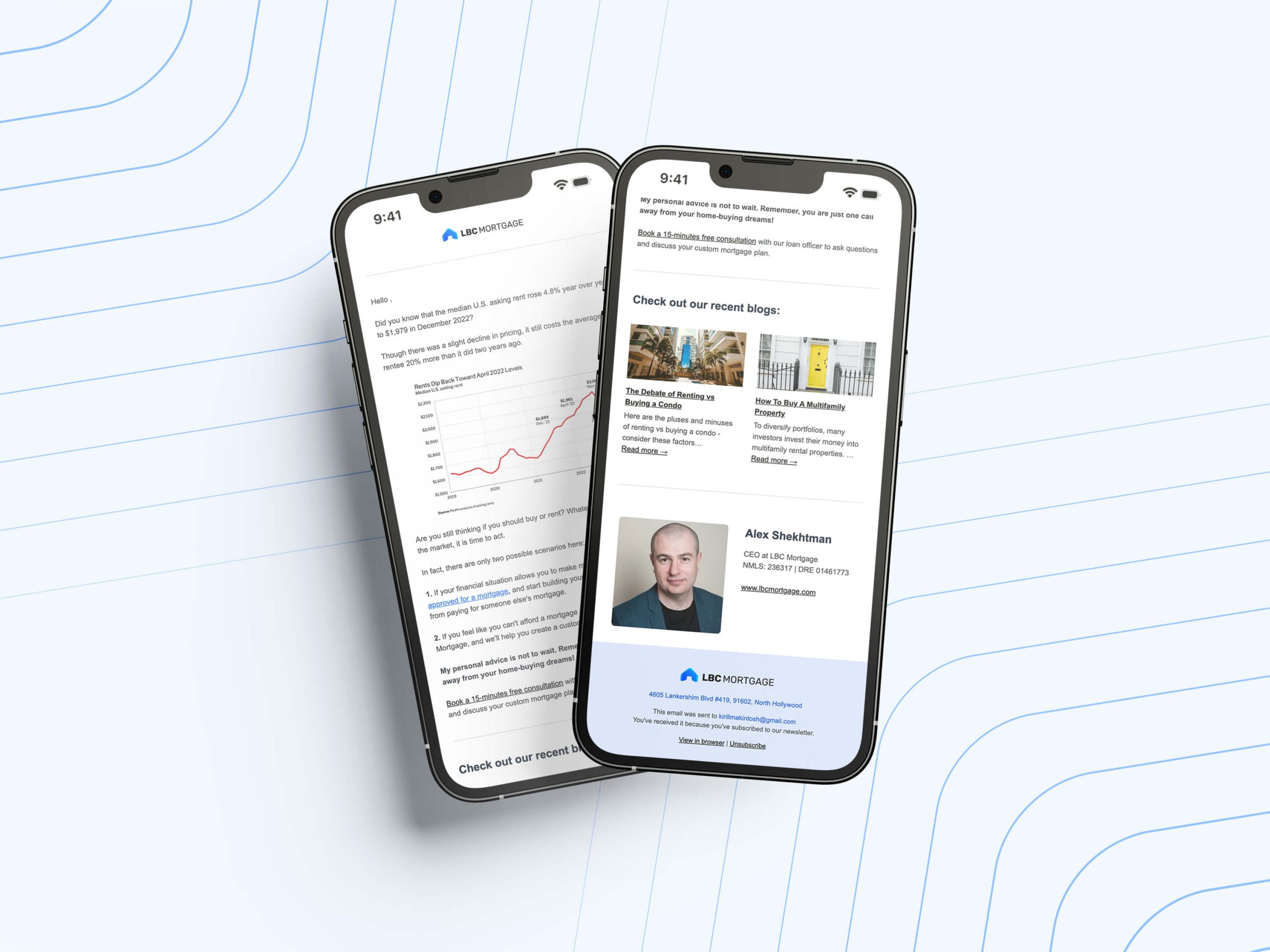What’s an interest-only loan? What’s good and bad about it? Let’s make the explanation easy.
When borrowers are going for an interest-only mortgage – they pay only the interest on the loan for a set period. Usually, it varies from the first 5 to 10 years of the loan.
Keep in your mind that this type of mortgage belongs to nonconforming ones. What does it mean? They may be hard to find and (of course) even harder to get. But no worries, in this case, the way from zero to hero is short.
There are two types of interest-only mortgages – adjustable and fixed-rate ones. Unfortunately, fixed-rate interest-only options are scarce, and they usually come baked into some adjustable-rate structure.
How does it work?
Let’s imagine you went for an Interest-only mortgage. What’s next?
It will be pretty straightforward for the first 5 – 10 years because you will pay only the interest due on the loan.
For example, you have a 30-year interest-only mortgage on a $300,000 home with an initial interest-only term of 5 years. At an interest rate of 3.5%, you’ll pay $875 each month during the interest-only period.
And after the expiration of the interest-only period, things will get more expensive. Right after 5th year, the principal starts amortizing. So the overall monthly payment on the loan rises substantially. Why so?
Because now you need to pay both; interest and principal over a more precise length of time.
Let’s back to this $300K example mentioned above. After the interest-only period ends (in that case, it was five years), the monthly payment increases to $1,500 because you are now paying interest and principal amortized over 25 years instead of 30.
What are the pros and cons of interest-only mortgages?
If interest-only loans are rare and you’ll need to pay more in a shorter period, why there’s such a type of loan on the market at all? Well, interest-only loans do exist because they make financial sense for some borrowers. Moreover, many borrowers find this type of mortgage option fascinating. And the reason for it is nothing but the ability to save money at the outset.
Let’s take a closer look at the pros.
Pros
- Your monthly payment will be so much lower during the introductory period.
- Your interest rate will be lower if structured as an adjustable-rate mortgage.
- You will have the ability to keep more money “in cash” rather than locked up in the home goods.
- You will have the ability to regain the cash you spent on home purchase costs (closing costs, lender fees, etc.) faster.
Cons
- True, the appeal of a lower monthly payment may be hard to resist. However, interest-only loans do come with a few disadvantages.
- The borrower is not building up any equity unless they are making extra payments toward the principal.
- The borrower risks losing the equity created with the down payment if housing values decline, which could make it challenging to refinance
- The monthly payments will double after the interest-only period.
- Some interest-only mortgages may require a balloon, or lump sum, payment at the end of the loan term.
Do you have any questions?
Please feel comfortable trusting us to find the right mortgage program for you by giving us a call for a confidential discussion. Then, we can analyze your mortgage scenario and let you know your options without pulling your credit.
